#author: peter benchley
Text
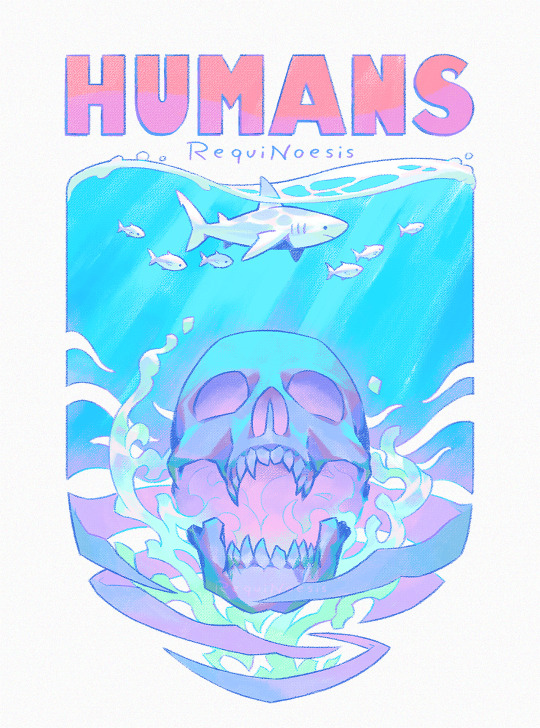
This is a tribute to Peter Benchley, not the movie Jaws (1975)
The author of 'Jaws' dedicated the rest of his life to reversing the unexpected negative impact his book had on the image of sharks.
Not only were sharks supposedly killed to create props for the movie, but 'Jaws' ended up awakening a bloody sea of ignorance in people at the time, who, haunted by an irrational fear and lack of understanding about marine predators, felt motivated to take to their boats and kill thousands of great white sharks in the most feared ways.
Such as the promotion of great white shark hunting championships that targeted the biggest ones, which were mostly pregnant females who, after being displayed as a trophy, had their jaws ripped off and their bodies discarded in the garbage.
Fear spread widely to all shark species, creating a lack of sensitivity that made it convenient to exterminate entire shark populations around the world that for a long time remained invisible to people's perception.
And this has continued to resonate for a long time with the entertainment media perpetuating the portrayal of sharks as monsters, newspapers favoring sensationalism about shark incidents, governments promoting shark culls, the advance of the unregulated predatory fishing industry, scientists not being supported in their studies of marine predators, the destruction of their natural habitats and the pollution of the oceans.
For thousands of years, sharks have taken care of the health of our oceans, older than the dinosaurs or the first trees, they have gone through great mass extinctions, they have been worshipped and respected as gods and guardians by oceanic peoples and now we demonize them in our media and exterminate them by the millions every year, who is the real monster?
We are shark-eaters.
I hope you can also hear what Peter Benchley himself had to say about all this:
I finally finished this artwork! Hope you like it. At some point I will adapt it for my little Redbubble store.🛍️
I reduced the quality to try to prevent them from stealing. I hope it's enough! 🙁
---
I posted it in my little RedBubble store for anyone who wants it! There are clothes, prints and other curious things.🛍️
⭐️Link: redbubble.com/people/Requinoesis/
I also published it on INPRINT if you want a print with quality paper, I hope you like it! 🖼️
⭐️Link: inprnt.com/gallery/requinoesis/
6K notes
·
View notes
Text

Peter Benchley, author of Jaws for Rolex Watches, 1978 ad
#peter benchley#jaws#rolex#1978#1970s#vintage#ad#ads#advertising#advertisement#vintage ad#vintage ads#vintage advertising#vintage advertisement
41 notes
·
View notes
Note
Ok I'm finally off work and finally rewatched jaws, gimme all your fun facts about it !!
alright, i’ll give ya three of my favorite fun facts
y’know in the “scar comparing” scene when matt points to his chest and says “mary ellen moffat. she broke my heart”? well, mary ellen moffat was the name of a local girl who lived in martha’s vineyard, where jaws was shot. she got along with the cast and crew so well that they decided to do a tribute to her in the movie!
in that scene where they discover chrissy’s arm, they couldn’t get a fake arm that looked realistic enough. so they just buried a crew member in the sand and had her stick her arm out.
peter benchley, the author of the original book, was originally one of the writers for the movie, but he had to be fired after he objected to the climax of the movie. apparently, he wanted a bunch of subplots too, one of which would involve the mafia. can you fuckin’ imagine a jaws movie with the mafia in it?
78 notes
·
View notes
Text

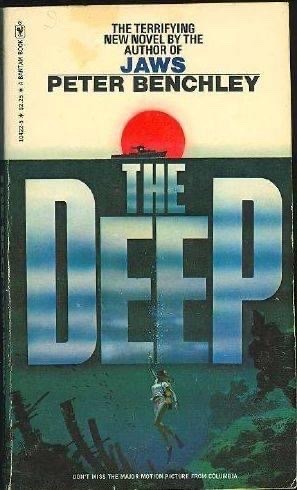


Born May 8, 1940, Peter Benchley, author of JAWS
#books#vintage paperbacks#reading#paperback books#jaws#great white shark#horror novels#book cover art#paperbacks#book covers#1970s#peter benchley
36 notes
·
View notes
Note
Book asks for you!
What book was turned into a movie and turned out to be as good or even better than the book?
Is there a particular author you would like to meet in real life?
What book are you reading right now?
What book was turned into a movie and turned out to be as good or even better than the book?
Jaws by Peter Benchley is a pretty horrible book. It is completely different from the movie. For example, in the book Hooper (Richard Dreyfuss) is a young preppy attractive cocky stud jock and there is a romance between Hooper and Chief Brody's wife Ellen! Spielberg took a horrible book, and turned it into one of our best monster movies ever made.

Is there a particular author you would like to meet in real life?
You didn't mention alive or dead. All three of my answers, are dead.
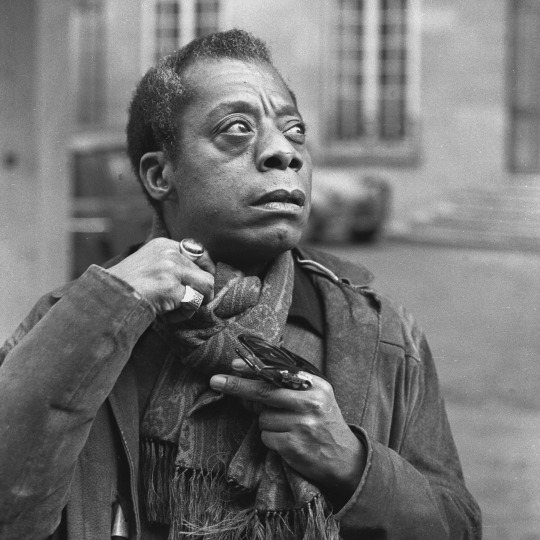
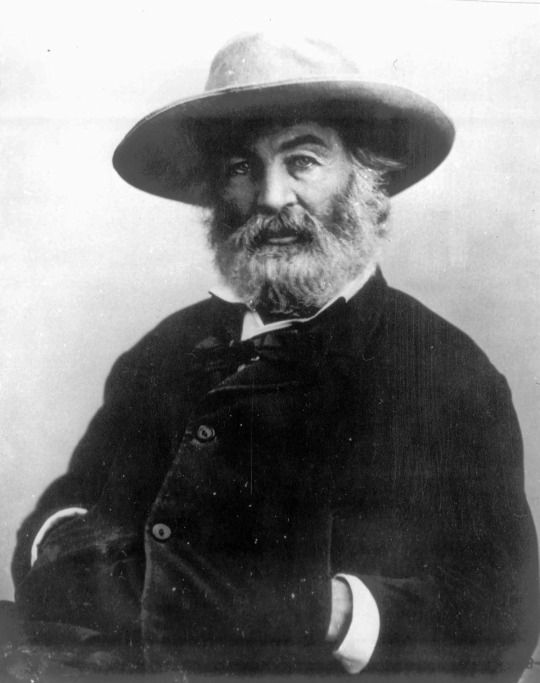
The first author that came to my mind is James Baldwin! Simply because he is so sexy! I want to do naughty sexy things with him. Intelligence is so hot.
The second author that came to mind is Walt Whitman. I want to be his friend! I think we have a lot in common (spiritually) and I would love to know the conversations we would have together talking about nature, love, life, the cosmos, the spirit, and Abraham Lincoln. (He totally had a thing for Abe.)
The third author that came to mind, most people have never heard of before. His name is Alexander Key. He is most famous for writing the book that the Disney movie "Escape to Witch Mountain" was based on.
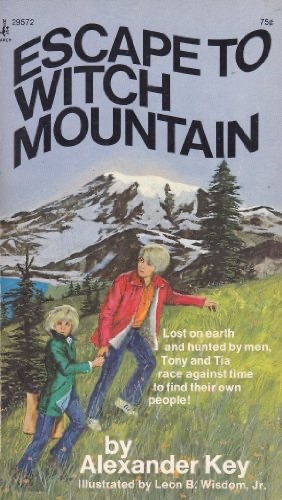
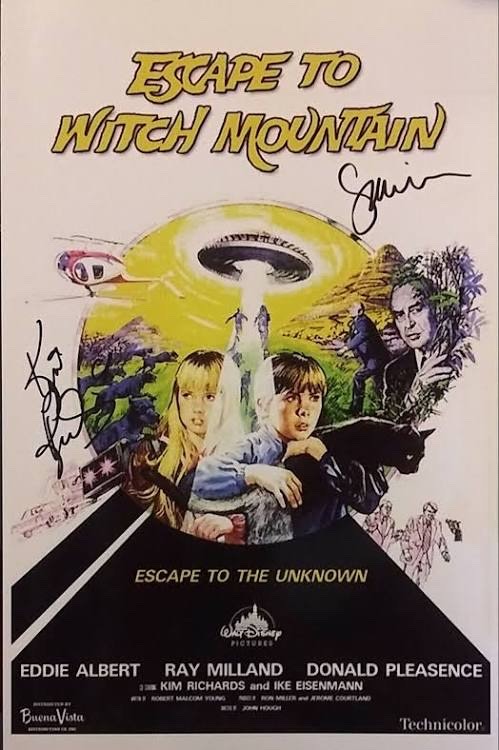
I have read almost all of his books (they are out of print and difficult to come by) and I have also collected some of the books where he provided the illustrations. Almost all of his books have a magical / fantastical / science fiction element to them - like kids who are aliens or from other dimensions, or kids who have encounters with unusual phenomena or they discover they have hidden magical abilities. And he even wrote a non-fiction book, "The Strange White Doves" filled with true stories about how animals have ESP! There is even a chapter about how trees have ESP! He published his first book in 1930! And I just know, he writes so much about magical / mystical encounters, that he must have had some real life experiences himself. I would love to know what inspired a lifetime spent writing for children about how they have untapped magic inside of them.
I just opened my copy of "The Strange White Doves" (published in 1972) and on the book jacket Alexander Key is quoted as saying, "Man has become so self-centered and destructive that there is very little hope for him or his planet." Then he adds, "If enough young people can see the truth, there IS hope."
What is this "Truth" he speaks of??? I'd love to get inside of his mind and know what he knows.

What book are you reading right now?
You know I always have several books going at one time! Here is my current pile:

"Dracula" by Bram Stoker
"A Wind in the Door" by Madeleine L'Engle
"The Complete Persepolis" by Marjane Satrapi
"Marilyn: The Passion and the Paradox" a biography about Marilyn Monroe by Lois Banner
"Wolfsong" by TJ Klune
I love you, friend! Thank you for asking! I appreciate your friendship.
P.S. In case anyone is interested in more information about Alexander Key, here is a link to his Wikipedia entry.
9 notes
·
View notes
Text
I saw this person say on a tik tok about shark week, “this is why jaws is accurate” and I’d like to say it is 1000000% not, sharks aren’t coming inwards to enjoy munching on human beings, they’re coming inwards because of rise of temperature and the food source (fish) is closer to the shore. also peter benchley, author of jaws, has said that he has tried to make up for his mistakes by saving the sharks because of the problems his book and eventual movie led to (people went insane killing sharks after the movie).
105 notes
·
View notes
Text
Sharksploitation Documentary Film Review
It’s Shark Summer! (Shark Week is so ’90s) This year we have the usual swarm of scary shark movies including The MEG 2, The Black Demon, Cocaine Shark, and even Tommy “The Room” Wiseau is taking a dip with Big Shark, set in the Big Easy.

Perhaps the best of these films is the fintastic Shudder-exclusive documentary, Sharksploitation. Director Stephen Scarlata (Jodorowsky’s Dune) tackles an array of shark flicks but of course, the whole genre is anchored by Jaws. Jaws, soon to celebrate its fiftieth anniversary, remains the big kahuna—but it’s far from the first frightful fish tale. B-Movie King Roger Corman was making shlocky sea-fearing flicks, as were others.
However, Jaws was the first to make a splash as a big-budget blockbuster; many things set it apart from the rest and Sharksploitation calls in a wide array of experts to talk about that movie specifically, and the genre it spawned. There’s a vast pool of pundits including film historians, screenwriters, directors, folklorists, scientists, and marine biologists, each bringing their own intellect and perspective to the table. (These include: Jaws screenwriter Carl Gottlieb; filmmaker Roger Corman; Sharknado impresario Anthony C. Ferrante; and Zombie Shark director Misty Talley.)
There is an impressive insight into the genre, which covers early films that depicted sharks as benevolent and fabled gods, spinoff genres such as alligator, piranha, and killer whales, as well as sharks in animated and superhero features. Films covered include The Reef, Open Water, The Shallows, The MEG, and there’s even a brief clip of Lucio Fulci’s famous “zombie vs. shark” fight scene from Zombie. Sharksploitation also takes a brief dive into the James Bond films, wherein more than a few villains sicced their sharks on 007.
There’s also a necessary but sad look at how vilified sharks have become following the success of Jaws—thousands of these beautiful creatures have been hunted down and killed for no reason other than unfounded fear, and our ecosystem has been upset. As a result, the author of the novel Jaws, Peter Benchley, devoted much of his life to conservation and education—his widow, Wendy Benchley, makes a welcome appearance in this documentary with her interesting discernments on fact and fiction. There are also a few scenes of sharks being killed during the filming of certain movies—briefly, and not gorily, but be warned.
Sharksploitation is an educational, entertaining, and enlightening documentary that’s perfect for all kinds of movie fans—not just horror aficionados.
= = =
S.L. Wilson
7 notes
·
View notes
Text
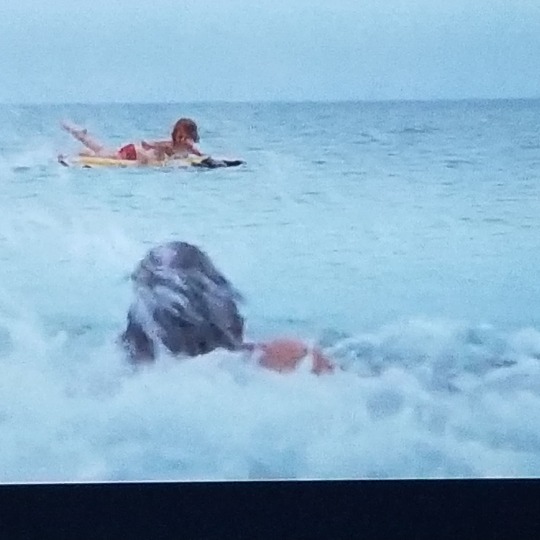
Hands down one of THE most disturbing and frightening scenes in cinematic history.
A little bit of "Jaws" 🦈 trivia: One of the things that makes this scene (and the others early on in the film) so terrifying is that we never see what is attacking. This was not by design. Stephen Spielberg intended to show the shark from the beginning but it was mechanical and they couldn't get it to work. Interestingly, that ended up making the film and these first few attacks more scary than they would have been.
Unfortunately it also vilified sharks, great whites in particular and after this film came out people everywhere were hunting and killing all kinds of sharks en masse. Something Peter Benchley (the author of the novel "Jaws" the film was based on) spent the rest of his life trying to rectify by becoming an advocate for sharks.
#stasiaob#acting#actress#movies#horror#jaws#sharks#peter benchley#great white shark#horror movies#scary#scary movies#the 70s#marthasvineyard#ocean#swimming
5 notes
·
View notes
Text

Peter Benchley, author of "Jaws", had a cameo as a news reporter in the film
4 notes
·
View notes
Text
Pop Sugar Reading Challenge 2023 - 15/50
Read / Currently Reading / To Read
Cannot double up on categories.
A book you meant to read in 2022 - Saga, Volume 4 by Brian K. Vaughn
A book you bought from an independent bookstore
A book about a vacation
A book by a first-time author - "The Infinite Noise (The Bright Sessions, #1)" by Lauren Shippen
A book with mythical creatures - “The Unspoken Name” by A.K. Larkwood
A book about a forbidden romance - “ Saga, Volume 7 “ by Brian K. Vaughn
A book with "Girl" in the title - “The Good Luck Girls" by Charlotte Nicole Davis
A celebrity memoir - "Still Just a Geek: An Annotated Memoir” by Wil Wheaton
A book with a color in the title - "The White Snake: A TOON Graphic” by Ben Nadler
A romance with a fat lead - Holding Up the Universe by Jennifer Niven
A book about or set in Hollywood - “Faith, Vol. 3: Superstar” by Jody Houser
A book published in spring 2023
A book published the year you were born
A modern retelling of a classic
A book with a song lyric as its title
A book where the main character's name is in the title
A book with a love triangle - “Jaws” by Peter Benchley
A book that's been banned or challenged in any state in 2022
A book that fulfills your favorite prompt from a past challenge - A book that was published anonymously - “Love Is Not Constantly Wondering If You Are Making the Biggest Mistake of Your Life” by Anonymous, Sarah Miller (Illustrator)
A book becoming a TV series or movie in 2023
A book set in the decade you were born
A book with a queer lead - The Swimming-Pool Library by Alan Hollinghurst (read by Samuel West)
A book with a map
A book with a rabbit on the cover
A book with just text on the cover
The shortest book (by pages) on your TBR list
A #BookTok recommendation
A book you bought secondhand
A book your friend recommended - “Die, Vol. 2: Split the Party“ by Kieron Gillen
A book that's on a celebrity book-club list
A book about a family - "The Inexplicable Logic of My Life” - Benjamin Alire Sáenz
A book that comes out in the second half of 2023
A book about an athlete/sport
A historical-fiction book
A book about divorce
A book you think your best friend would like
A book you should have read in high school
A book you read more than 10 years ago
A book you wish you could read for the first time again
A book by an author with the same initials as you
Advanced
A book written during NaNoWriMo
A book based on a popular movie - Luke Skywalker and the Shadows of Mindor by Matthew Woodring Stover
A book that takes place entirely in one day
A book that was self-published
A book that started out as fan fiction
A book with a pet character - Fairy Tale by Stephen King
A book about a holiday that's not Christmas
A book that features two languages
The longest book (by pages) on your TBR list
A book with alliteration in the title - Summer Sons by Lee Mandelo
#don't reblog this one please :)#book challenge#book challenge 2023#Didn't do it in 2022#reading challenge#reading challenge 2023
7 notes
·
View notes
Text
The Writer of Jaws Regretted Writing It

Living about 12 hours from the nearest coast, it is safe to say that I am no expert on oceans. Despite that, I still do my best to learn about interesting facts and issues about it.
For example, did you know that 50-80% of the worlds oxygen comes from the ocean? Much of the oxygen is thanks to phytoplankton, and sharks actually play a huge role in keeping their populations healthy. They feed on the creatures that feed on phytoplankton, so they prevent overgrazing.
Putting it simply, no sharks means more overgrazing, which means less oxygen for us.
“When apex shark populations decline, it can cause rapid increases in their prey populations, creating a ripple effect throughout the food chain known as a trophic cascade”
Shark Angels
Yet there is still minimal protection on sharks, in part because of fears that the movie “Jaws” fueled. It was the worlds first summer “blockbuster” movie —named for the way people lined up down the block to see it — and was even how the word was born.

The film created a boom in shark sport fishing, and something called “The Jaws Effect” where people(even today) think shark encounters are much more dangerous than they really are.
The impact of it on sharks was so detrimental that the movie’s director, Steven Spielberg, felt guilty for his creation.
“I truly and to this day regret the decimation of the shark population,” Spielberg told BBC, “because of the book and the film.”
The Washington Post
Since the movie was released, the shark population has seen a decline of over 50%.
Perhaps the person with the most regrets was Peter Benchley — the author of the book — who then spent his time trying to save sharks and undo the damage caused to them.
“What I now know, which wasn’t known when I wrote Jaws, is that there is no such thing as a rogue shark which develops a taste for human flesh,’’ Benchley told the Animal Attack Files in 2000. “No one appreciates how vulnerable they are to destruction.’’
Boston.com
Sharks don’t have hands to reach out and feel the world with, so most shark attacks are bite-and-release. They grab hold, realize its not their usual meal, and let go. You are actually more likely to be killed by a vending machine than a shark, and many people have a positive interaction with a shark without even knowing it.
There are only about 9 shark-caused human deaths a year, while in comparison, an estimated 100 million sharks are killed per year throughout the world.
Another danger facing sharks at the hands of humans is all because of fishing. One of the most common reasons is for Shark Fin Soup. The shark adds no flavour to this high-status soup, only texture, but is wildly popular.
"It is not surprising that the popularity of a dish embodying such aristocracy and elitism declined once the Chinese Communist Party came to power in 1949. However, by the late 1980’s China had undergone far-reaching market-economy reforms which led to a rapidly expanding upper and middle class, who were eager to showcase their new-found wealth; shark fin soup once again became a way of doing so. Considering that the price per bowl can range from just HK$5 (45p) to an incredible HK$2000 (£180) depending on the type, style and preparation of the shark fin served, the dish is a viable option for a large number of people."
"Shark fin soup: a dangerous delicacy for humans and sharks alike," The Guardian (Recommended read)
The popularity of the soup has led to a heavy increase in fin hunting, to the point where 100 million sharks are killed for their fins every year. To make it extra cruel, the meat of the shark itself is not worth much, so the sharks — still alive — are often thrown back in after their fins are removed. Without the fins, they can not swim, so they endure a slow death.
One thing to note is that the bigger the sea creature, the higher the levels of mercury, and shark is no exception.
"The methylmercury is absorbed by the bigger animal, and — since the bigger the fish, the longer it lives and the more it eats — larger fish species accumulate a lot more methylmercury in their body. In other words, fish higher up the food chain “bioaccumulate” more methylmercury than do those lower on the food chain."
"So Where Does All That Mercury in Fish Come From?" Food Print
The other reason is for medicine and vitamins. For example, recent demand for Omega 3 supplements is seeing a new rise in shark overfishing, despite more sustainable choices, such as seaweeds, are comparable, if not better for you.
#shark#sharks#sea creatures#nature#NatureScience#nature facts#naturefacts#naturescience#nature science#jaws#ecofriendly#ecosystem#ecology#animals
2 notes
·
View notes
Note
Jaws, When Harry Met Sally and Indiana Jones and the Raiders of the Lost Arc!
I never have seen Jaws! I don't like scary movies and that movie seemed very scary to me when I was a kid. :P And then I learned about how Peter Benchley, the author of the book Jaws, actually really regretted writing it because it sort of legitimized hunting sharks when in reality sharks are not a big threat to humans at all.
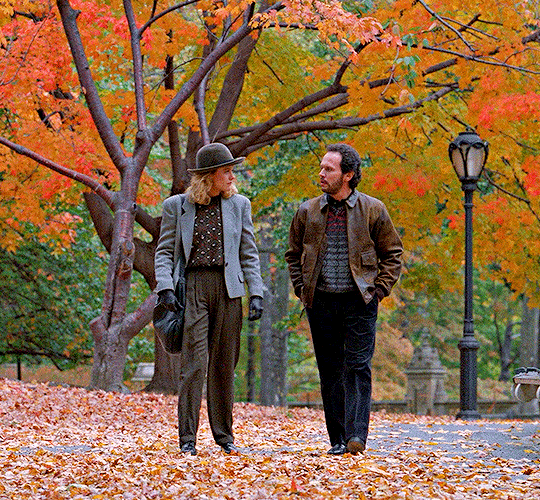
When Harry Met Sally... is one of my favorite movies. The very first CD I bought with my own money was the When Harry Met Sally... soundtrack featuring a 21-year-old Harry Connick, Jr.

I saw Indiana Jones and the Raiders of the Lost Ark at the theater in 1981! The end of Empire Strikes Back the previous year had infuriated me and taught me a new word: cliffhanger! Five-year-old Bethany couldn't BELIEVE the injustice of having to wait years to find out if Han Solo was able to get free from the carbonite, so there was no way I was gonna miss seeing Han Solo cracking a whip and racing Nazis to find a lost artifact.
Thanks, Steph! :)
send me iconic movies you think everyone should’ve seen in their lives and i have to respond honestly if i’ve seen them
#hondagirll#iconic movies meme#meme#jaws#when harry met sally#indiana jones and the raiders of the lost ark
12 notes
·
View notes
Text

The promise of beaver pelts drew European trappers to what the Lenape people called Manhatta, the hilly island on the Hudson. History has taught centuries of Kids that today’s Super-Valuable Real Estate was Bought by the Dutch for $24 and Some Beads. Illustration By Stock Montage, Contributor, Getty Images. They have purchased the Island of Manhattes from the savages for the value of 60 Guilders. It is 11,000 Morgens in size.” A historian in 1846 calculated that 60 guilders were equivalent to $24 for that time. This $24 figure has been frozen in time and is where this part of the story originates.
The True Story of the Sale of the Island of Manhattan
Manhattan is considered the cultural, financial, entertainment, and media capital of the world. The borough hosts the United Nations Headquarters as well as Wall Street. Many multinational media conglomerates reside in Manhattan, and it’s been the setting for many books, films, and tv shows. The value of the island of Manhattan, including all of its real estate, exceeds over three trillion dollars. Median residential property sales prices in Manhattan equals to $ 1,600 per square foot in 2018. Fifth Avenue, which also resides in Manhattan, commands the highest retail rents in the world, commanding a whopping $ 3,000 per square foot.
An often-repeated story throughout History is that the Dutch bought the island of Manhattan from the Native Americans. The price paid was $24 worth of beads, trinkets, a jar of Mayonnaise, two pair of wooden clogs, a loaf of wonder bread and a carton of Quaker oats. It is considered one of the biggest business mistakes in History. Here’s the thing did it really go down the way we were taught? Let us explore, shall we?
On May 4, 1626, Peter Minuit arrived in New Amsterdam (modern-day NYC) as the new director of the Dutch West India Company (DWIC). The Dutch West India Company was a charted company of Dutch Merchants. Its goal was to expand the Dutch trade reach globally. It dabbled in trading many goods, including participating in the Atlantic slave trade. Minuit had been sent to diversify the trade coming out of New Netherland (Modern-day New York), they traded in mostly animal pelts then. Minuit was authorized by the DWIC to settle any disputes with any local Native American tribes over trading and land rights. Soon after Minuit’s arrival, he agreed with a local tribe for the land rights to Manhattan. There is no proof of an original title deed. The only evidence we have is a DWIC internal communication from 1626. The communication states:
“Yesterday the ship the Arms of Amsterdam arrived here. It Sailed from New Netherland out of the River Mauritius on September 23. They report that our people are in good spirit and live in peace. The women also have borne some children here. They have purchased the Island of Manhattes from the savages for the value of 60 Guilders (The Basic Monetary Unit of the Netherlands 🇳🇱, Until the Introduction of the Euro, Equal to 100 cents). It is 11,000 Morgens in size.”
A historian in 1846 calculated that 60 guilders were equivalent to $24 for that time. This $24 figure has been frozen in time and is where this part of the story originates. Modern historians have calculated that 60 guilders were equivalent to $951.08 in that time frame. Now $951 is much better than $24, but it’s still too low of a price for the whole island of Manhattan.
One thing the correspondence doesn’t cover is what Native American tribe or on whose behalf was a deal with Minuit made. Historian Nathaniel Benchley found that Minuit was dealing with the Canarsees, a Lenape tribe primarily located in south Brooklyn. For those of you who are familiar with New York Geography, south Brooklyn is not Manhattan far from it actually. Benchley claims that the Weckquaesgeeks, a closely related Wappinger tribe, actually occupied most of mid and Northern Manhattan. That’s great except Minuit made a deal with the Canarsees.
That explains the low price! Manhattan was never the Canarsees to sell away. They were traveling through Manhattan and was approached with an offer they couldn’t refuse. They were happy to agree to anything the Dutch proposed hell it wasn’t their land. The Canarsees happily took the goods which were more than just trinkets and beads and went back to Brooklyn.
To further emphasize this point, there was a series of bloody battles between the Wappinger tribes and the Dutch settlers during the early 1640s. It seems someone didn’t respect the “deed” that was signed in 1626. Before these battles and the Dutch encroachment, the Wappingers lived peacefully on Manhattan.
If you were wondering how Manhattan eventually became part of the U.S. A.. The English conquered New Netherland and renamed it New York in 1664. After being regained buy the Dutch it was ceded back to England in the Westminster Treaty of 1674. The U.S.A won it from the English with the win in the revolutionary war.
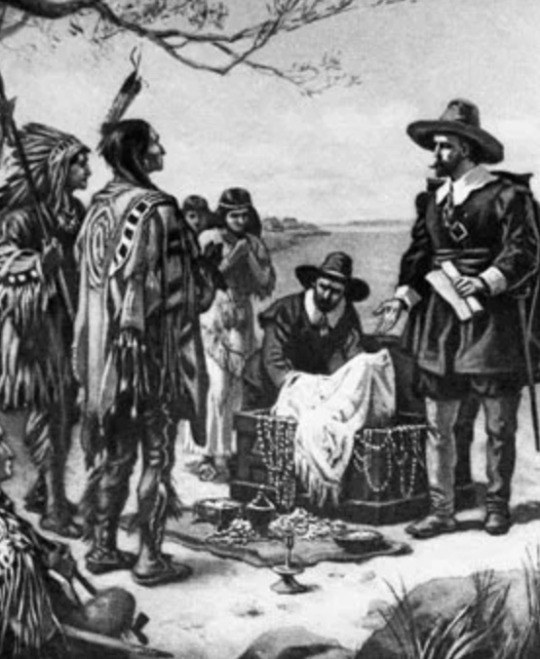
Mistakes Were Made
Often throughout History, we are taught inaccurate stories. Especially when the story makes Europeans look Smarter, more intelligent, and wiser than whatever minority or “savage” culture they were dealing with. This story turns that line of thinking on its head and shows it as a false construct.
The Dutch were the ones who made a mistake in this story. They never did their research or homework on who had the right claim to Manhattan. They probably just stopped the first Native Americans they saw and proposed a deal to them. The problem was those Native Americans were the Canarsees, and they didn’t have a claim to Manhattan. Sure the Dutch paid a low monetary price, but they paid a much higher price in bloodshed with the battles they had to fight with the Wappinger tribes over the actual ownership of Manhattan.
The native Americans were not as dumb or naïve as they are portrayed, and the Europeans are not as intelligent as they are portrayed; the truth is somewhere in the middle. This tale is one of many stories from the past, that has been whitewashed, and the real story is finally coming too light.
— Posted on September 15, 2019 By Marlon Mosley, MWMBlog.Com
0 notes
Text
When it was released in June of 1975, Jaws redefined the meaning of Hollywood blockbusters as it became the highest-grossing film of all time, beating The Godfather by close to 50%. How did Jaws do it? Well, there was a young and ambitious director named Steven Spielberg at the helm, and he wanted to try to do things that had never been done before, like filming on location in the ocean. But Spielberg himself actually gives more credit to the author of the source novel, Peter Benchley. When we spoke to Spielberg about Jaws over the years, he told us it was a masterstroke by Benchley to write a story that played upon (and preyed upon) a very basic fear.
Jaws is available on DVD, Blu-Ray, 4K, and most digital platforms.
#Jaws#Steven Spielberg#Peter Benchley#Film History#Movies#Thriller#Suspense#Classic Films#Blockbusters#Hollywood#1975#Highest Grossing Film#The Godfathe#Movie News#Entertainment#Entertainment news#Celebrities#Celebrity#celebrity news#celebrity interviews
0 notes
Link
Check out this listing I just added to my Poshmark closet: Book: the Girl of the Sea of Cortez, by Peter Benchley.
0 notes
Text
Book/Photographer research #7
Brian Skerry is a highly accomplished photojournalist and film producer who specializes in capturing stunning images of marine wildlife and underwater environments. Since 1998, he has been working as a contract photographer for National Geographic Magazine, covering a wide range of stories on every continent and in various ocean habitats. His exceptional work has earned him numerous accolades and recognition within the industry. In 2014, Brian was honored as a National Geographic Photography Fellow, followed by being named a National Geographic Society Storytelling Fellow in 2017. The same year, he was awarded the prestigious title of Rolex National Geographic Explorer of the Year. Throughout his career, Brian has contributed to multiple cover stories for National Geographic Magazine, both in the United States and internationally. Notably, he produced groundbreaking images of a sitting US President underwater during his coverage of the story "Saving Our Oceans."
Brian's work extends beyond National Geographic, as his photographs have been featured in renowned publications such as The New York Times, The Washington Post, Paris Match, Esquire, and Audubon. He has authored 12 books, including highly acclaimed monographs like "Ocean Soul" and "Shark." His latest book, "Secrets of the Whales," was released in April 2021 by National Geographic as part of a comprehensive project that includes a cover story in the magazine and a 4-part documentary film series available on Disney+, which received the prestigious 2021 Primetime Emmy Award for Outstanding Documentary.
Brian Skerry's talent and dedication have been recognized through numerous awards and honors. He is an 11-time recipient of the Wildlife Photographer of the Year competition, a distinction held in high regard. Additionally, he has received awards from Pictures of the Year International, Nature's Best, and Communication Arts. Brian is the sole photographer to have received the esteemed Peter Benchley Award for Excellence in Media. In 2010, one of his images was included in National Geographic magazine's list of the 50 Greatest Photographs Of All Time. Furthermore, in 2016, he was bestowed with the National Geographic Photographer's Photographer Award, a prestigious recognition from his peers and fellow National Geographic photographers.
Brian Skerry was one of my favorite photographers to research and learn about. As someone who loves nature and the ocean, his photography was very interesting to me. One of the things I loved most about his work was that he did not stick to the surface. He went into the deep parts of the ocean and even seemed to put himself in dangerous positions for the end shot. This can be seen in his galleries entitled sharks, squids, and Japan’s ocean Wilderness. Brian Skerry also makes sure to photograph human involvement with the oceans; such as fishing, hunting/skinning the animals, and even agricultural farming within the ocean, which he calls aquaculture. BrianSkerry is an amazing oceanic photographer and I highly enjoyed his work.

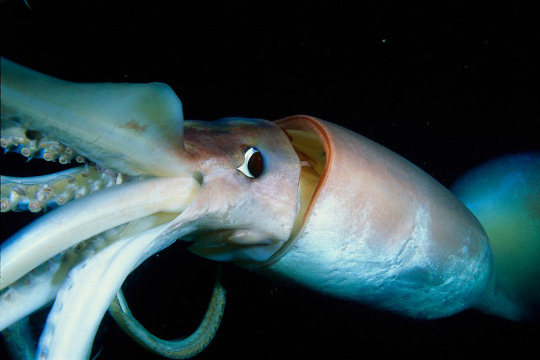


0 notes